Succession Planting Secrets: Year round blooms in your garden
 Lee Burkhill: Award Winning Designer & BBC 1's Garden Rescue Presenters Official Blog
Lee Burkhill: Award Winning Designer & BBC 1's Garden Rescue Presenters Official Blog

Do you sometimes look out into your garden and feel disappointed that it looks empty or all crammed in for a few fleeting moments? Does your garden seem to run away with itself and be a firework that goes off once a year and then fizzles? If this sounds like your garden, you must join the secret gardening club that uses succession planting!

Succession planting involves a thoughtful and strategic approach to arranging and planting different varieties of plants to ensure a continued display of flowers or interest throughout the growing season. It's about creating a garden that evolves as the months pass in the garden. Success planting showcases a sequence of blooms, colours, and textures to maintain visual interest no matter what time of year.
The very best garden designers, plant people and experts in the field will all follow succession planting principles to provide year-round blooms and interest in their gardens. So, let us delve into the secrets of succession planting!
Succession planting is the practice of planning planting schemes in your garden so that as one plant finishes flowering, another is taking its place. It means that flowers or interesting focal points of plants (such as textured bark, stem or leaf colour) succeed each other. Succession planting creates a non-stop conveyor belt of interest in the garden for each day of the year.
Succession planting does not apply only to ornamental plants. It also can be used in allotments, kitchens, and vegetable gardens to plan for year-round crops! The applications are nearly endless for a productive garden, whether visual or edible.
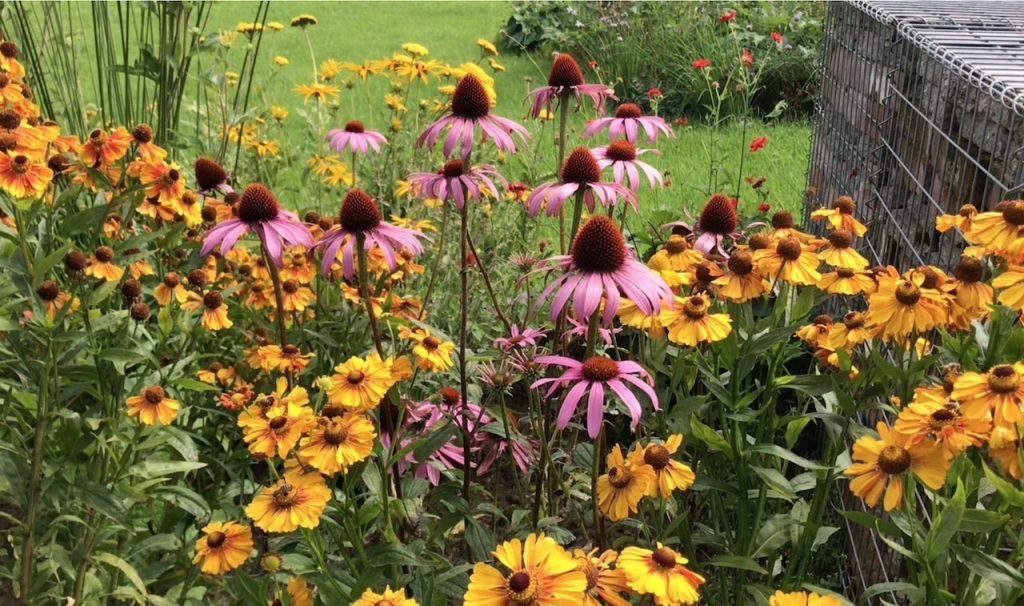
Succession planting often gets confused with a year-round 'summer garden'. This is incorrect. Succession planting follows each of the four main seasons, Spring, Summer, Autumn and Winter, utilising plants that look their best at each point in the year. Succession planning is not a garden that looks the same for the entire year and should also not be confused with low-maintenance gardens.
To understand succession planting, it is essential that we understand the fundamental requirements to ensure that the garden has year-round interest or crops ready to pick. It's a method of 'planning your garden for continuous interest or produce'.
Succession planting in garden design is about planning the layout to ensure a continuous display of plants in bloom or something of interest. It involves carefully selecting and positioning plant varieties that will flower or showcase distinctive features at different times.

Gardeners can create a dynamic display that changes with the seasons by integrating plants with varying flowering periods, foliage textures, and colours. For example, early spring bulbs could be succeeded by summer-blooming perennials, followed by autumn-interest plants and lastly, winter garden specimens.
I always advise a 70/30 split when it comes to succession planting plans.
This weights the scheme so that there is the most interest when the weather is the nicest in the garden. Then, in the quieter months with less daylight, autumn and winter, there is still interest, but it's a bit calmer. It helps provide balance through the seasons.
Utilising the concept of 'layered planting' helps create a diverse and visually appealing garden. With any good succession planting plan, there will be a good mix of the three plant groups based on height.
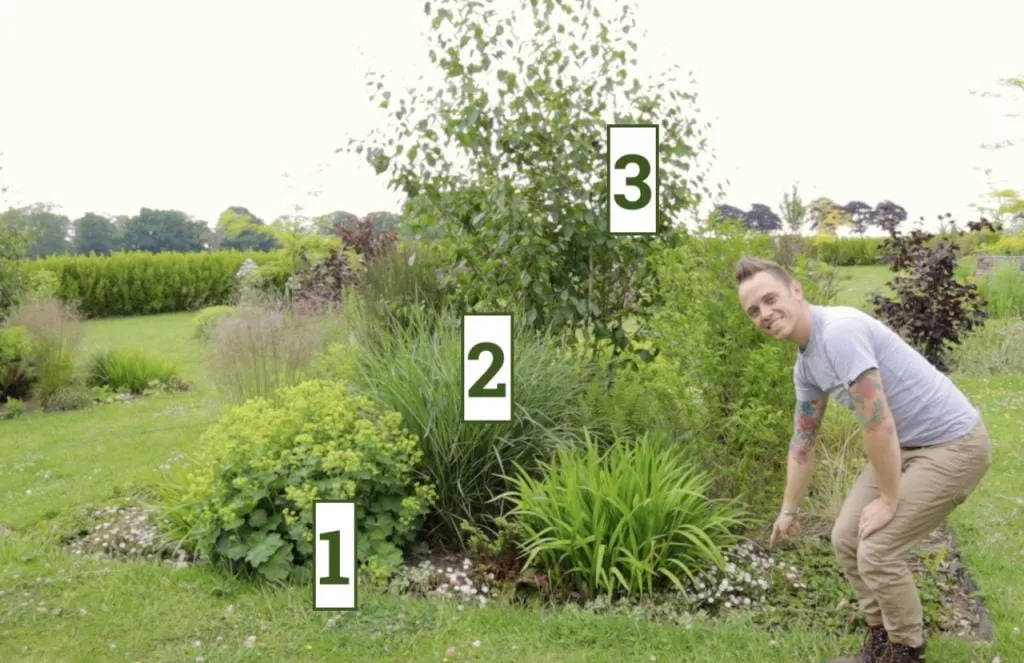
Taller plants like trees can provide a backdrop for mid-sized herbaceous plants and shrubs and then lower ground cover plants, creating depth and visual interest. If you want to learn more about putting this together, my video guide below on planting a flower bed brings it to life.
In vegetable or herb gardens, garden design succession planting involves rotating crops and integrating a succession of plantings to ensure a continuous harvest of fresh produce, for instance, planting quick-growing crops between slower-growing ones.
Succession planting in the kitchen or allotment garden focuses on sowing the same plants with a time delay or lag between each sowing, lettuce, for example, so you can keep harvesting it for months without a break. More on that below.
Succession planting in garden design is about considering the long-term vision for your garden space. It might involve planning for the growth and spread of certain plants and accounting for the changing landscape as plants mature over the years.
Thinking about the bigger picture will create a far more cohesive succession planting plan. Resulting in years of interest in the garden as it moves from season to season. Succession planting is not simply 'planning what to do this year' as you do with bedding and container gardens. It's about planning for the next 5-15 years!
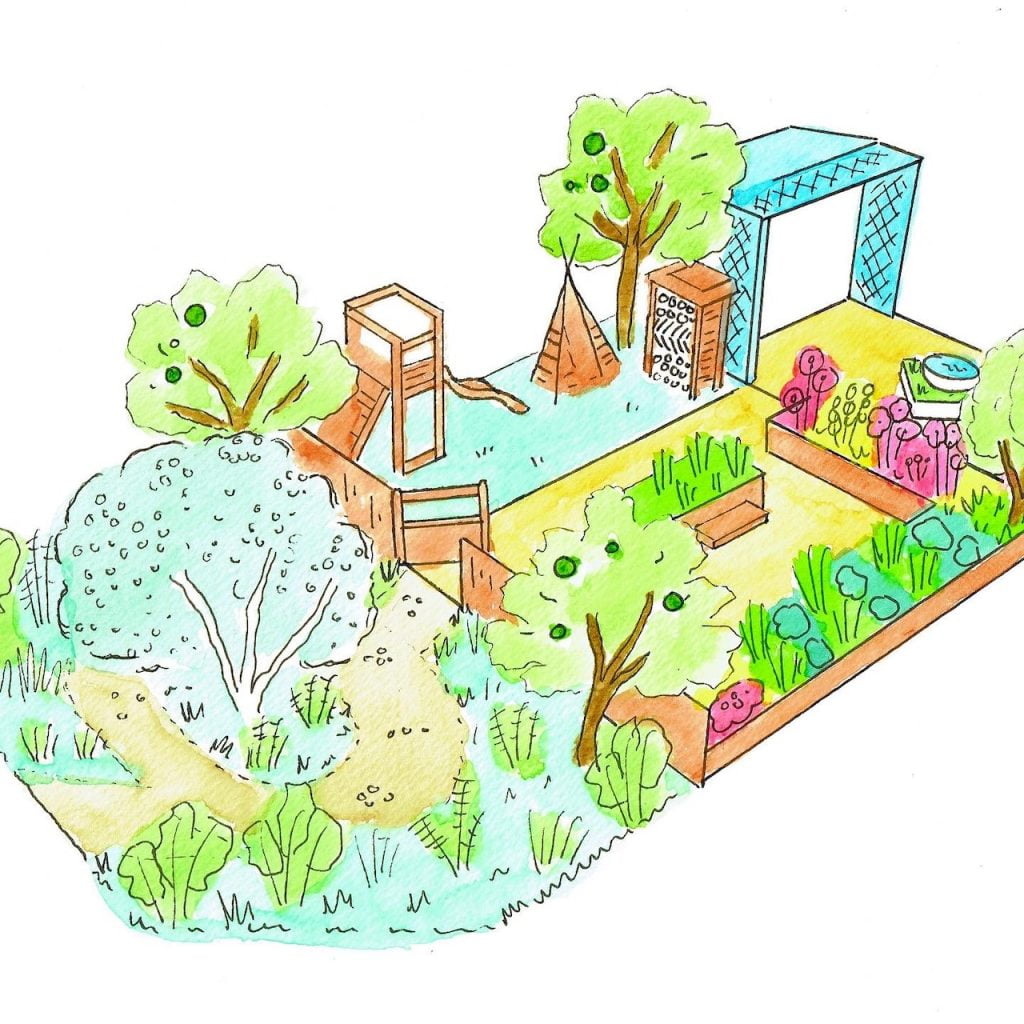
All of this talk about plant planning and overlapping may have your head in a spin. If it sounds complicated, don't be put off. Whilst it's not something you can 'guess at', a little research and a spreadsheet will make your garden look all the better.
Succession planting planning will take a good few hours, if not days, to achieve, depending on your experience and knowledge of plants.
But don't worry, Ninjas, I have a handy tool that will allow you to put all of this into practice easily.
It's called the succession plant planner—the one-stop shop for collating all of your research and creating year-round interest in the garden.
Did you know that you can take my course and learn how to become a Garden Ninja yourself? Click here for details
It goes without saying that any planting plant needs to be based on three key bits of information before any plants are selected.
Make a list of plants that meet the above criteria. You'll probably pick far more than you need, but this is fine, as you're going to start short-listing them into seasons. Part of succession planting is being brutal with the editing process. If a group of plants all start flowering at the same time - to the detriment of other seasons - then some need to be cut out.
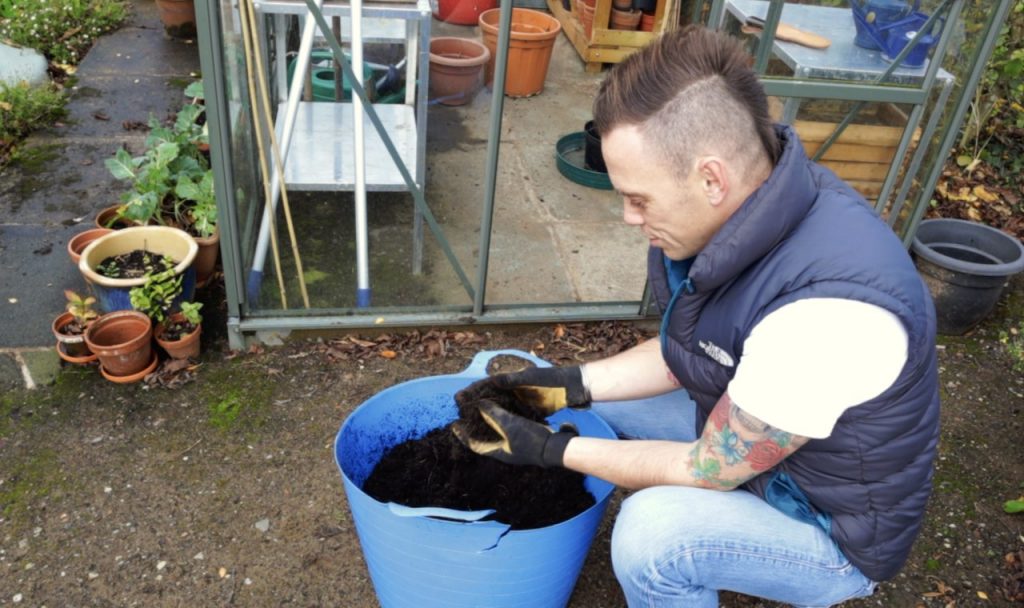
Once you have your list of plants, you need to categorise each of them into a season.
This helps show how many plants each season has. It will identify any gaps and make sure that you have 70% of all plants in spring and summer (35% in each, ideally) and 30% of all plants in autumn and winter (15% in each, ideally).
i.e. If you have 100 suitable plants on your list, they should be broken down as follows:
I recommend adding these plants into a master spreadsheet so you can see at a glance precisely what is doing what at any given time in the year.
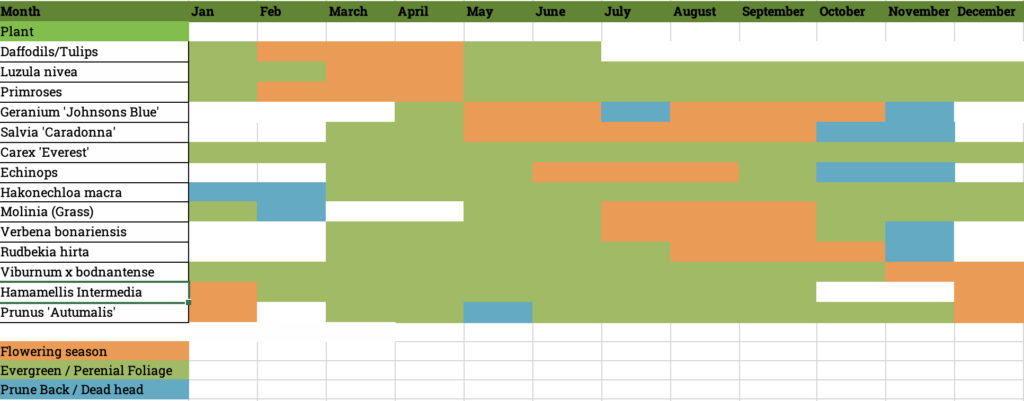
After you have your succession plan that is full of interest each month, it's time to start planning out your plants.
Whilst white spaces are acceptable around the plan, just make sure that every month has at least something of interest, i.e. the orange boxes above. Evergreens also help bridge the gap.
Succession planting can also be used when growing your own fruit and vegetables. Succession cropping is the art of planning and planting crops in a sequence to utilise garden space efficiently and ensure a consistent harvest of fruit and vegetables.
Instead of planting all your crops at once, you stagger plantings at different times, allowing for a continuous supply of fresh produce. This method maximizes space and time, providing an extended season for various crops.
I.e. Let's take the example of Lettuce. From seed to crop, it's four weeks. So you sow them every week to ensure that after the first sowing, you will have a crop every week for as long as you keep sowing.
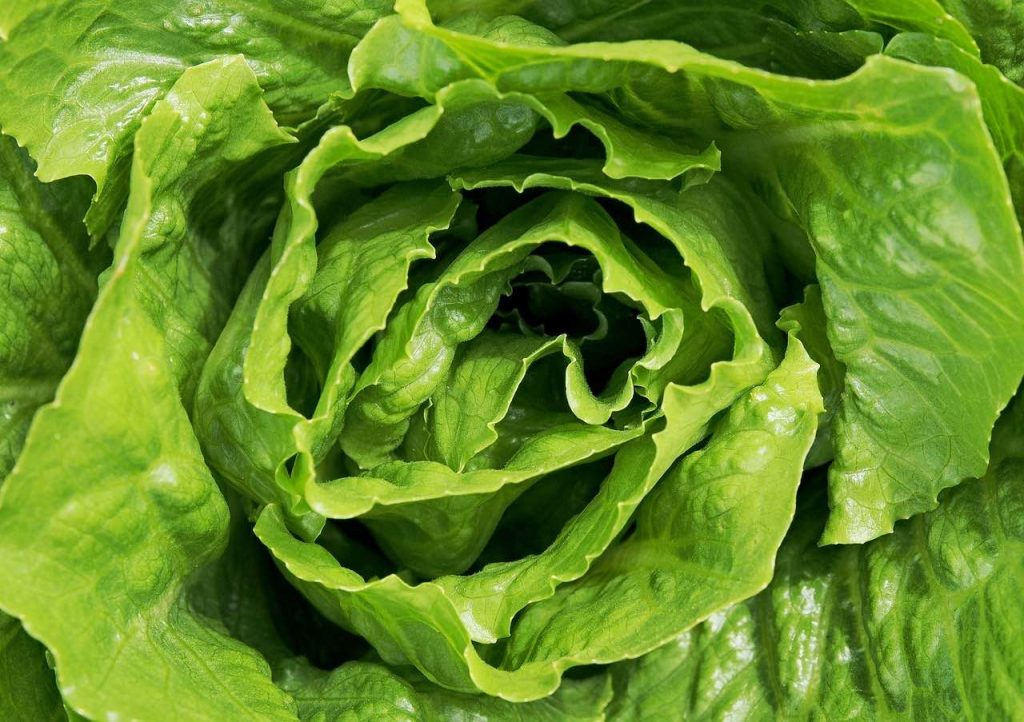
It's slightly different from perennial herbaceous succession planting. As with crops, you mainly deal with annual plants (those that you sow each year and only live for one growing season). Given their short life span, these annual plants can be grown in succession during the year, i.e. one after the other.
In contrast, perennial herbaceous perennials come back every year, so succession is when they have finished flowering.
Succession planting for crops is slightly different to ornamental succession planting of herbaceous perennials. As the crops last one season, this succession planting is more about getting the maximum use of your growing space, whether using raised beds, containers or rows of allotment planting.
This type of succession planting aims to ensure continuous crops that repeat and any gaps in between are filled with what we call 'catch crops' that 'catch' the empty space and make use of it.
By understanding the growth cycle of different crops, you can plan successions based on each crop's maturity time. For instance, fast-growing vegetables like lettuce or radishes can be followed by longer-season crops like tomatoes or squash.
Work out how long each crop takes to grow from seed until it fruits, or you can harvest it. Quicker crops that take 4-6 weeks can be sown each week on repeat. In comparison, long crops like Squash and potatoes need to be planted early in the season each month to ensure a harvest per month at the end of the season.
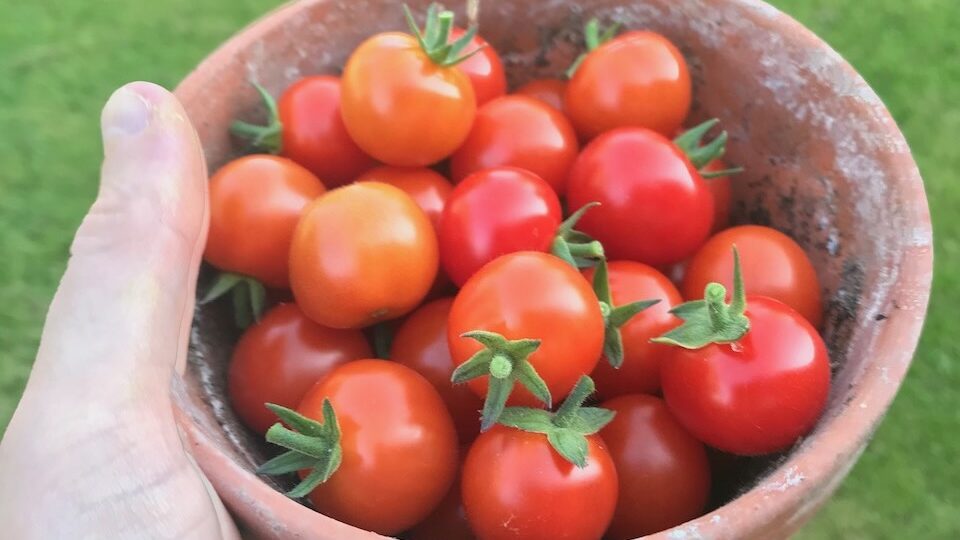
Succession planting optimizes the available garden space. Once one crop is harvested, a new one is planted in its place, ensuring that the space is continually productive, which can end up with a conveyor belt style of planting and harvesting in the kitchen garden or allotment.
Planting in a matrix rather than rows can also make better use of growing space. Planting in seed trays or modules also reduces waste as less pricking or thinning out of seedlings is needed. These modules grown in a greenhouse can then be planted out, and those modules can be reseeded again.
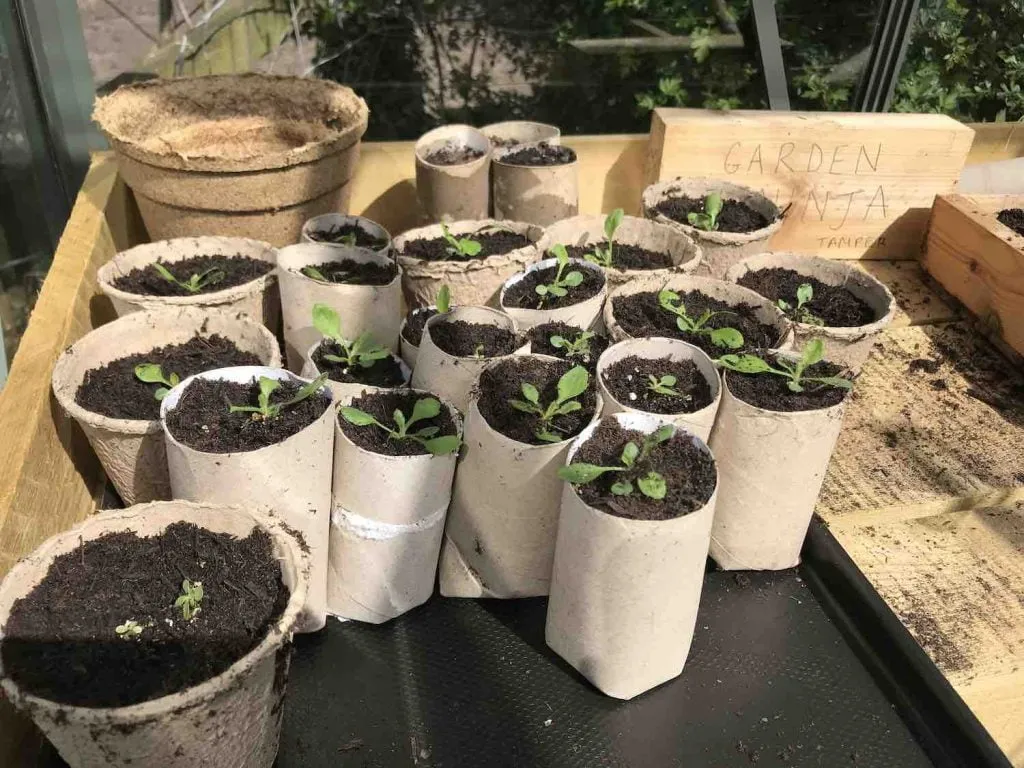
The goal is to ensure a constant supply of fresh produce. As one crop nears maturity, the next batch is sowed or planted to replace it. This means you'll be busy switching between enjoying the fruits of your labour and sowing more at the same time.
This does take organisation, so a notebook or calendar of what to sow when can be ideal. Making notes as you go along enables you to record what's worked and what hasn't. Ready to plan subsequent years growing!
Succession planting allows for crop rotation, which can help prevent soil depletion and reduce the risk of pests and diseases. This is because you can switch crops throughout the season so pests that thrive on a specific vegetable group, like brassicas, then have their lifecycle broken by, say, planting alliums after them.
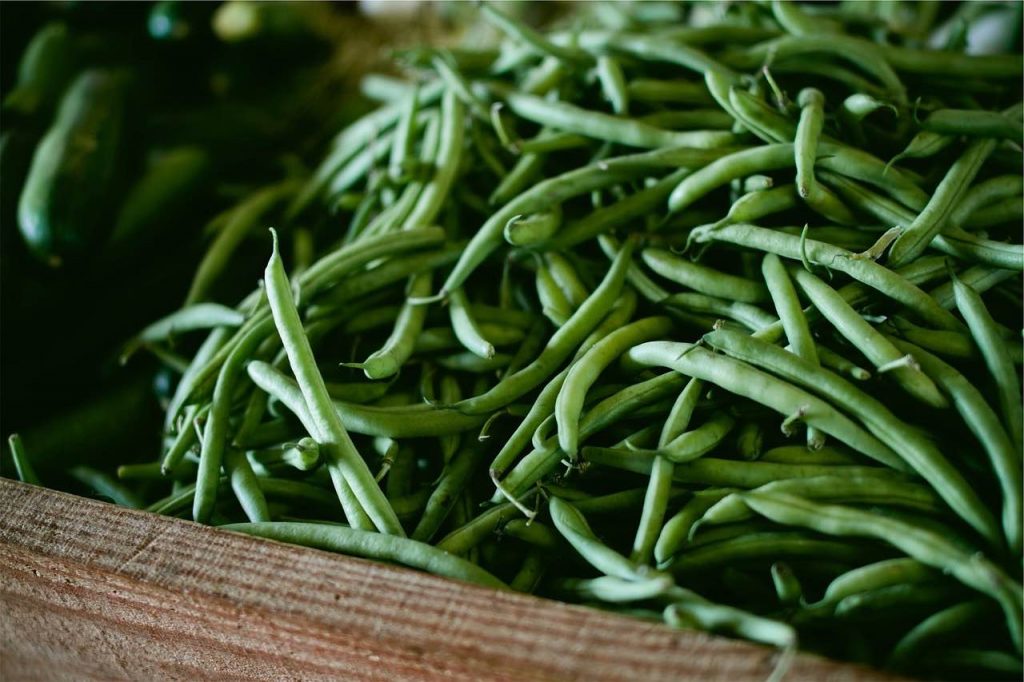
It also encourages diversity in your garden, fostering a healthier ecosystem as you grow various plants throughout the season.
We've established how to succession plant, but let's take a quick look at why expert gardeners and growers use succession planting in the first place. It has more benefits than just looking nice!
One of the primary advantages of succession planting is the ability to have a steady supply of fresh produce or flowers throughout the year. By staggering plantings, you can ensure that as one crop is reaching the end of its harvest, another is ready for picking.
By working on a succession plan for herbaceous perennials, the garden always has something flowering or grabbing your attention each month of the year. This ensures a more consistent availability of homegrown fruits, vegetables, herbs and flowers throughout the growing season.
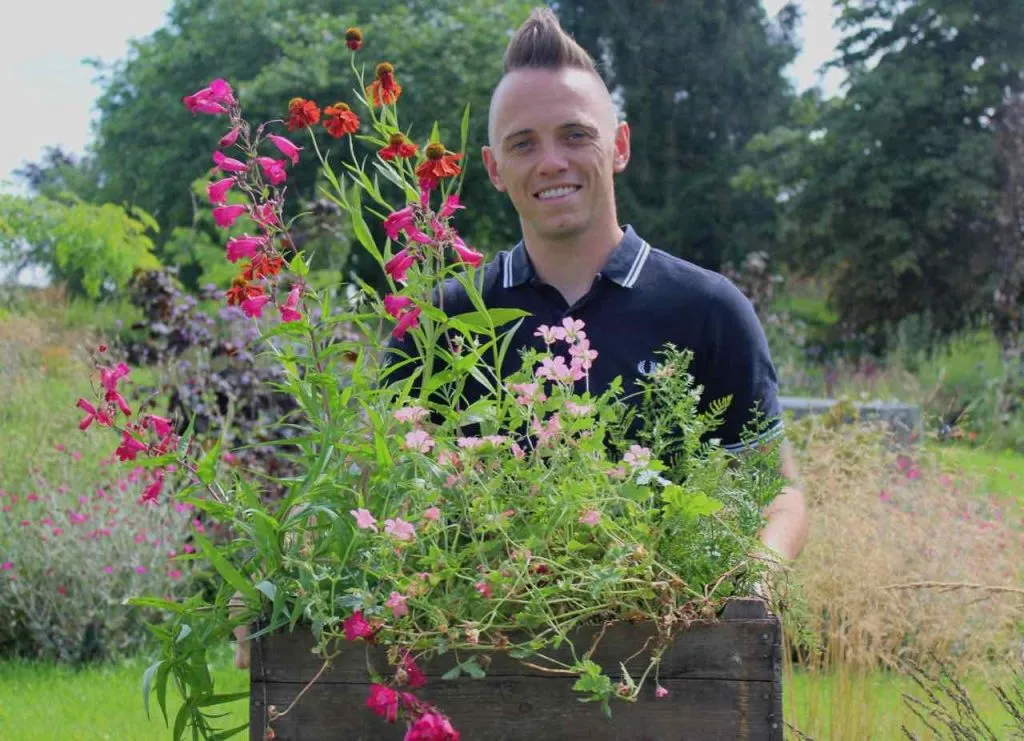
Succession planting optimizes the space within your garden. When one crop is harvested, another is immediately sowed or planted in its place, ensuring that the garden remains productive. This efficient use of space is especially beneficial for those with limited garden areas, such as balconies, small urban gardens or those sharing community garden spaces.
Through strategic planning, succession planting can extend the productive period of your garden. By staggering the timing of plantings, you can extend the harvest season, allowing for a longer period of garden-fresh produce. For example, growing under glass seedings can be ready in March to plant out rather than direct sowing.
With ornamental succession, planting using spring bulbs breaks the winter lull quicker than waiting for summer plants to bloom.
Succession planting encourages crop rotation, which helps improve soil health. Different plant families have varying nutritional needs and interactions with soil. By rotating crops, you can prevent the depletion of specific nutrients (NPK explained in the video guide below) and reduce the risk of diseases and pests that target particular crops.
Diversifying your plantings through succession planting can help mitigate risks associated with weather fluctuations or unexpected events. If one crop is adversely affected by weather, pests, or disease, other crops may still be in different stages of growth, providing a buffer against potential losses.
Engaging in succession planting allows gardeners to learn and adapt their strategies over time. Observing the successions and plant combinations that work best in your specific garden conditions fosters a deeper understanding of gardening techniques and plant behaviour.
By using ornamental succession planting, you can easily see the changes in the seasons, which can help you connect with nature better.
Growing your food in successions can also be cost-effective. By producing a continuous supply of fresh fruits and vegetables, you may reduce the need to purchase these items, thereby saving money and ensuring a more sustainable lifestyle.
If you couple this with food storage methods, like pickling, using apple crates for fruit or making preserves, you can drastically reduce the amount of food you buy in the year!

Succession planting may sound complicated, but I guarantee you that you'll never look back once you have given it a go and got the basics. Planning plants that fill gaps or flower one after the other will become second nature. The research and planning taken to succession plant will also make you a far better gardener too! It's really a win-win!
I would love to hear from you below or on the Garden Ninja forum with your succession planting questions or photos!
Make sure you visit my YouTube channel for more gardening guides. You can also check out my Tweet, Facebook or Instagram for more garden help and tips!
Happy gardening!










JOIN THE NINJAS
Join our Ninja community for extra guides & Discount Codes for Online Garden Courses!
The succession planting spreadsheet / planner is brilliant. I’ve been struggling to find a method that would allow me to catalog my plants and track bloom and pruning times. I started to set up a notebook with a page for each plant, but that isn’t an at-a-glance system, and it went nowhere fast. I added columns for height and notes. Thank you! I feel more organized now just having set up the sheet.
Thanks Julie. I’m so pleased my succession planner is helping other gardeners! Happy plant planting. Lee 🥷🌿